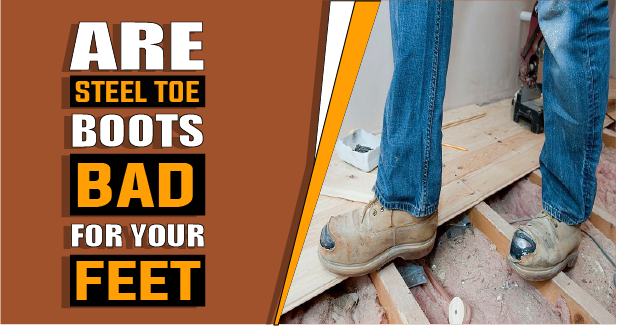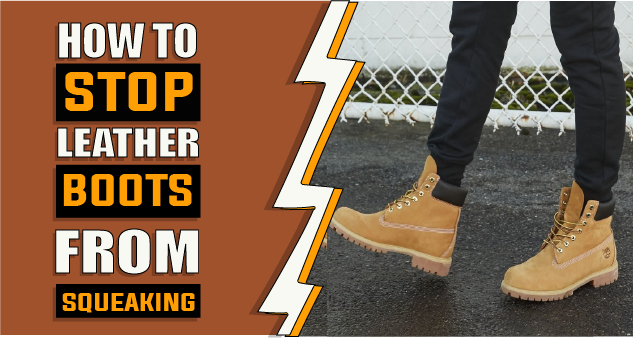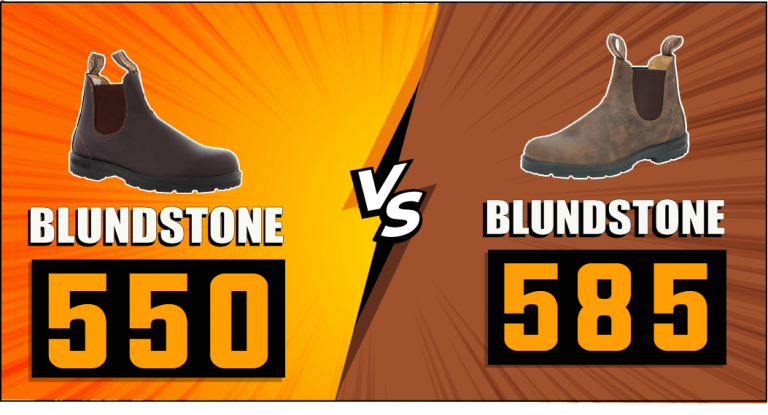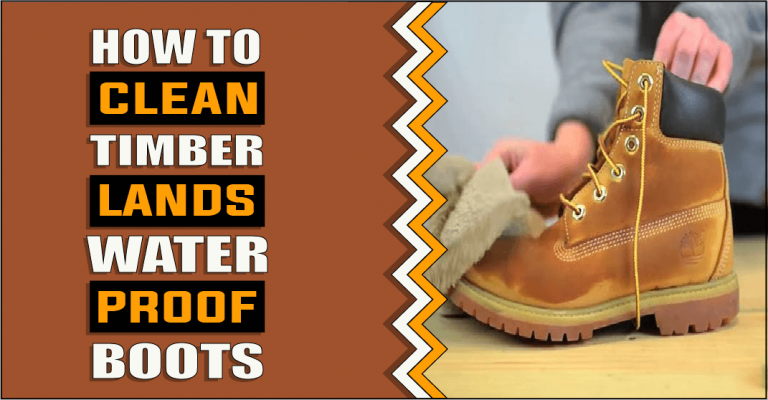How Much Does A Boot Weigh – Know Before You Wear
When you first think of a boot, what’s the first image that comes to your mind? Likely it’s a good-looking style and lasting durability. But have you ever wondered how much your trusty pair of boots weigh? Whether you’re an outdoor enthusiast, a hiking enthusiast, or just an everyday fashionista rocking the latest style of boot trend – understanding how much your favorite shoes weigh is important. Not only can knowing the weight of your footwear help with packing when going on trips or vacations, but it can also provide insight into their design and construction materials. So if you’ve been wondering “how much does a boot weigh?” then we’ve got the answer for you! Read on to learn more about boot weights and what it all means for your footwear choice.
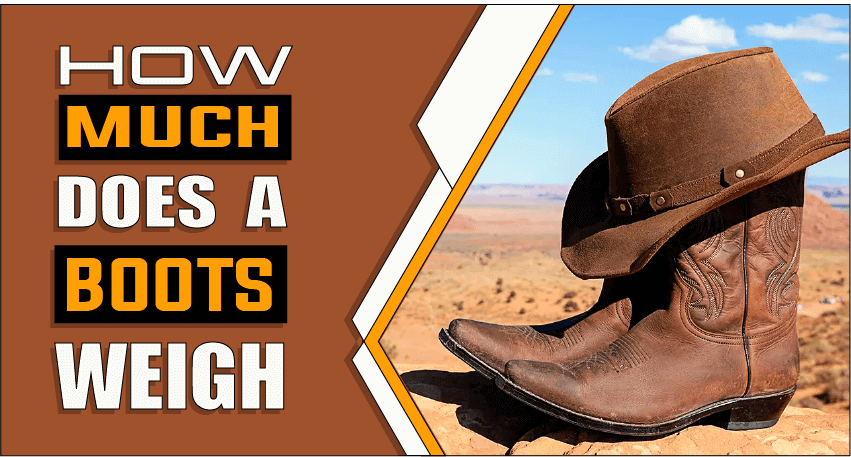
Let’s explore how much does a boot weigh
The boot is a type of footwear that is used for protection from the ground and other elements. Boot weight depends on the number of components used to construct the shoe and the materials the boot is made of. Most boots are usually constructed with leather or rubber, but other materials such as canvas, suede, and synthetic fibers can also be used. The height of a boot will also affect its weight. The average work boot weighs between 1-2 pounds, while a knee-high boot can weigh between 2-4 pounds. In general, the heavier the material used in a boot’s construction, the more it will weigh. Leather boots are usually one of the heaviest materials used to make boots as they are made with thick layers of leather which add weight. Rubber and synthetic materials are usually much lighter than leather. The type of sole used in a boot also affects its overall weight. A lightweight rubber sole is typically the lightest, while heavy-duty steel or Vibram soles can add significantly more weight to a boot. The amount and type of insulation material used inside the boot will also affect its weight. Thicker insulation materials can add several ounces to the boot’s overall weight. Finally, the type of hardware used in a boot’s construction such as shoelaces and buckles will also affect its total weight. In general, a good quality work or hiking boot will typically weigh between 1-4 pounds depending on the material and components used in its construction. Ultimately, the weight of a boot will depend on its design and the quality of materials used in its production. As you can see, several factors affect the overall weight of a boot. Choosing the right style, material, sole, and hardware can help ensure that your boots are comfortable to wear while still providing the necessary protection and support.
How much do different types of boots weigh?
Different types of boots can vary greatly in weight, depending on the materials used in their construction and what features are included. Let’s take a look at some of the most common types of boots, and how much they weigh.
1: Hiking Boots –
Hiking boots are designed to provide sturdy and comfortable support for long hikes, typically weighing in at around 2-4 pounds or more depending on the materials and features included. As a rule of thumb, the more features and heavier-duty construction a boot has, the more it will weigh.
2: Work Boots –
Work boots can also vary greatly in weight but typically range from 3-7 pounds depending on the materials and features included. Steel-toe work boots are often heavier due to their reinforced construction, while lighter-duty boots may weigh less.
3: Hunting Boots –
Hunting boots are typically designed for more rugged terrain and weather protection, so they tend to be on the heavier side. Most hunting boots weigh in at around 3-7 pounds, depending on the features included.
4: Snow Boots –
Snow boots are designed for extra insulation and traction in cold and wet weather conditions, making them a bit heavier than other types of boots. Generally speaking, snow boots weigh in at around 2-5 pounds.
5: Military Boots –
Military boots are designed to be rugged and durable, providing superior support for long marches and other activities. As a result, they tend to be on the heavier side of the spectrum, weighing in at around 4-8 pounds depending on the features included.
Overall, the weight of different types of boots can vary greatly depending on their construction and the features included. It is important to consider the weight of a boot before purchasing it to ensure that it will offer sufficient support and comfort for your intended activities.
Why does it matter how much a boot weighs?
The weight of a boot is an essential factor to consider for any outdoor activity. Not only does the weight of a boot affect comfort and performance, but it also has considerable implications on safety. Here we discuss why it matters how much a boot weighs, as well as what to look for when selecting boots for outdoor activities.
1: Comfort-
Too much weight on the feet can lead to fatigue, blisters, and foot pain. Heavier boots take more energy to move in and require more muscular strength to maintain balance, which can be detrimental when engaging in activities such as hiking or long walks. On the other hand, a lighter boot allows for freedom of movement with less fatigue and discomfort.
2: Stability & Traction-
When traversing uneven terrain, weight plays a crucial role in stability. Heavier boots provide more stability, allowing for greater control when walking over rocks or roots. On the other hand, lighter boots provide better traction and are easier to move in. A good compromise between these two qualities is a mid-weight boot.
3: Durability-
Lighter boots are typically not as durable as heavier ones and tend to wear out faster. Heavier boots are usually made with more robust materials and provide solid protection against the elements. This makes them ideal for activities such as mountaineering or backpacking where extra durability is needed.
4: Safety-
The weight of the boot affects how well it protects your feet from the elements. Lighter boots provide less protection from cold, wet, and rocky terrain than heavier ones. Heavier boots offer better insulation and stability on tricky surfaces, making them safer to wear in extreme conditions.
When selecting a boot, it is important to consider not only the weight but also how well it suits the activity you plan to engage in. Knowing why it matters how much a boot weighs can help you make an informed decision and get the most out of your outdoor experience. With the right boot, you can enjoy a safe and comfortable journey.
Tips on how to reduce the weight of your boots?
Boots can be quite heavy, making them difficult to lug around. Fortunately, there are some ways to reduce the weight of your boots without compromising on comfort or style. Here are some tips to keep in mind:
1. Choose lightweight materials –
Many boots are made from heavier materials like leather and suede, but you can find lighter options like canvas and synthetic materials that are just as durable.
2. Select a streamlined style –
Minimalist boots tend to be lighter than more heavily ornamented styles, such as chunky fashion boots. If you’re looking for something lightweight, go for a sleeker design.
3. Look for lightweight sole materials –
The soles of your boots often account for a large portion of the weight. Look for materials like polyurethane or rubber instead of heavier options like leather or cork.
4. Consider going low –
Opting for low-cut ankle boots can help reduce the overall weight as they have less material than taller styles.
5. Look for models with a less bulky look –
Some boots are designed with extra cushioning or padding to provide added comfort and support, but this can also add unnecessary weight. If you’re looking for lightweight boots, opt for styles without as much bulk.
6. Consider the construction –
The way a pair of boots is constructed can affect their weight. Look for styles with fewer seams and stitched panels, as these can add unnecessary bulk. Additionally, boots that are held together with rivets or bolts tend to be heavier than those secured with laces or elastic bands.
7. Choose thinner laces –
Replacing thicker laces with thinner ones can reduce the overall weight of your boots. Try to find laces that are as thin as possible while still being durable enough to hold up during wear and tear.
8. Don’t forget about insoles –
If you’ve got heavy insoles in your boots, opt for lighter alternatives. There are many types of lightweight insoles available that offer superior cushioning and support without adding extra weight.
By following these tips, you can reduce the weight of your boots without compromising on style or comfort. Taking the time to find lightweight materials and streamlined styles will ensure that you’ve got a comfortable pair of boots that won’t weigh you down.
Relevant Questions:
The weight of any particular pair of boots varies depending on the material and size of the boot. Generally, a single boot will range from 1-4 pounds (0.45-1.8 kilograms). Larger, heavier materials such as leather can weigh more. Additionally, boots that feature special features such as insulation or waterproofing tend to be heavier than their more basic counterparts. It is important to consider the weight of your boots before purchasing them, especially when planning outdoor activities such as hiking. Heavy boots can cause fatigue and make it difficult to walk long distances. In short, the weight of a pair of boots depends on their size, material, and features.
The weight of military boots can vary depending on the style and materials used in construction. Generally, a pair of U.S. Army combat boots weighs between 2½ to 3 pounds. Other types of military boots such as those worn by Air Force personnel may weigh somewhat less due to their lighter construction and design features. Additionally, some specialized military boots such as those used for cold weather conditions may have additional insulation and waterproofing materials that could add to their overall weight. Ultimately, each type of military boot is designed with a specific purpose in mind, and the weight of the boots will reflect this.
On average, a pair of rubber boots can weigh anywhere from 1.5 pounds to 3.5 pounds depending on the size and type of material used in construction. Generally speaking, rubber boots that are designed for heavy-duty applications such as gardening or farming will be heavier than light-duty models like those designed for recreational use or fashion purposes. Additionally, boots with additional insulation, waterproofing materials, and other features may add to the overall weight.
Conclusion Paragraph
In conclusion of this article, we have discussed how much does a boot weigh? We have also looked at the average weight of a man’s boot. As you can see, there are a variety of factors that contribute to the answer of how much a boot weighs. It is important to consider the material of the boot, as well as its size and style when determining its weight. By taking all of these elements into account, you will be able to accurately estimate the weight of your boots.
Ella John created BootsSolution.com with the vision of helping people to find the perfect boots for any occasion. As an expert in the field of footwear, she has created a comprehensive guide to finding the perfect boots. With her BA (Hons) in Footwear Design from De Montfort University, UK, Ella John has been writing about boots for several years. On BootsSolution.com you can find helpful information about the latest trends, tips for taking care of your boots, and advice on how to choose the right pair. Ella’s mission is to provide her readers with the best possible advice and help make sure that everyone can look their best in a perfect pair of boots. So if you’re looking for the information and inspiration you need to find the perfect boots, look no further than BootsSolution.com.


